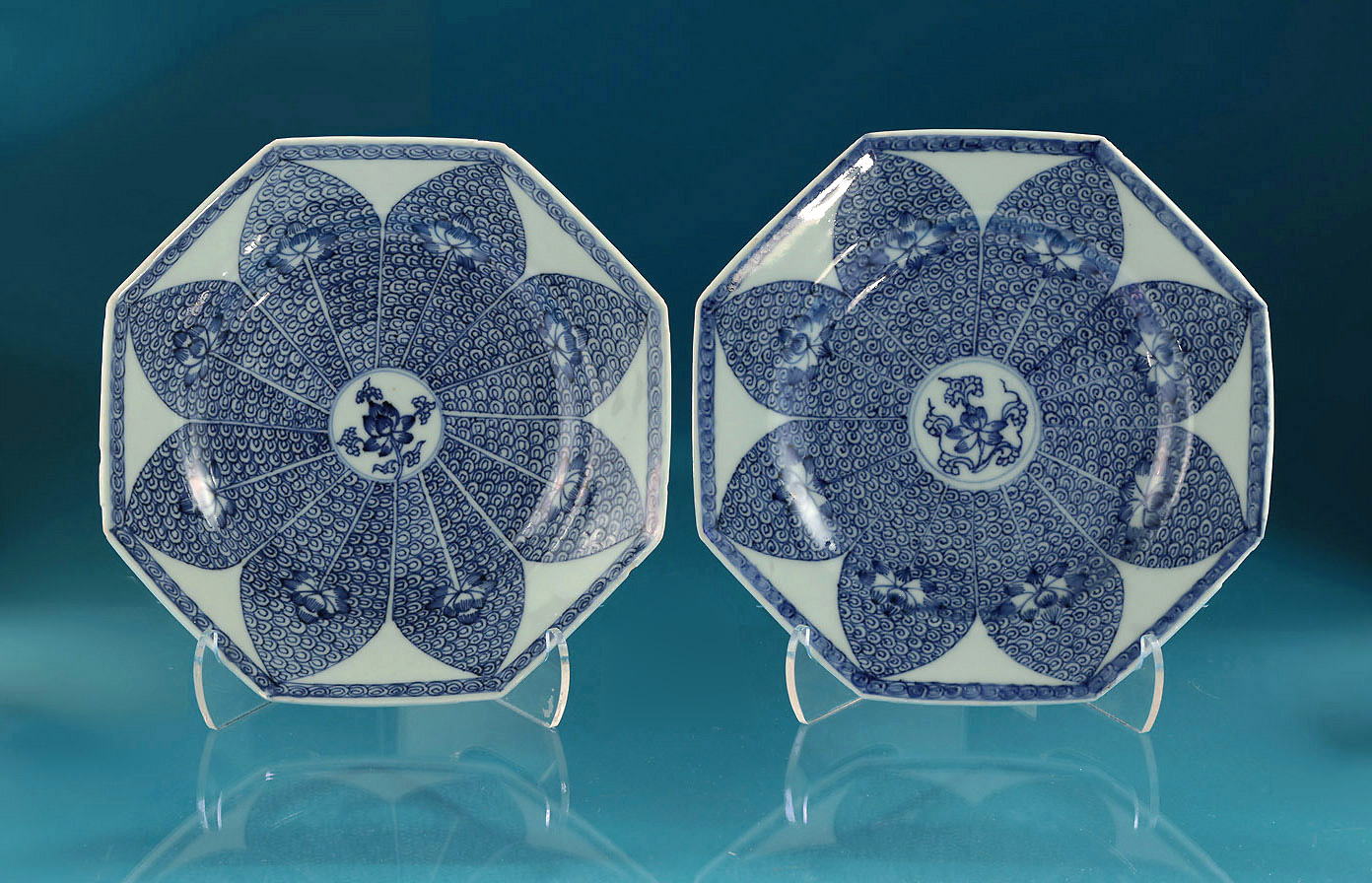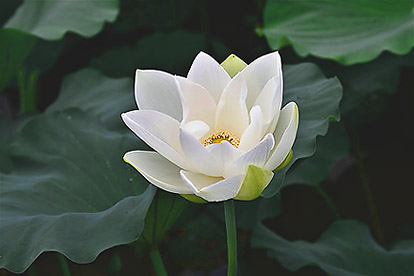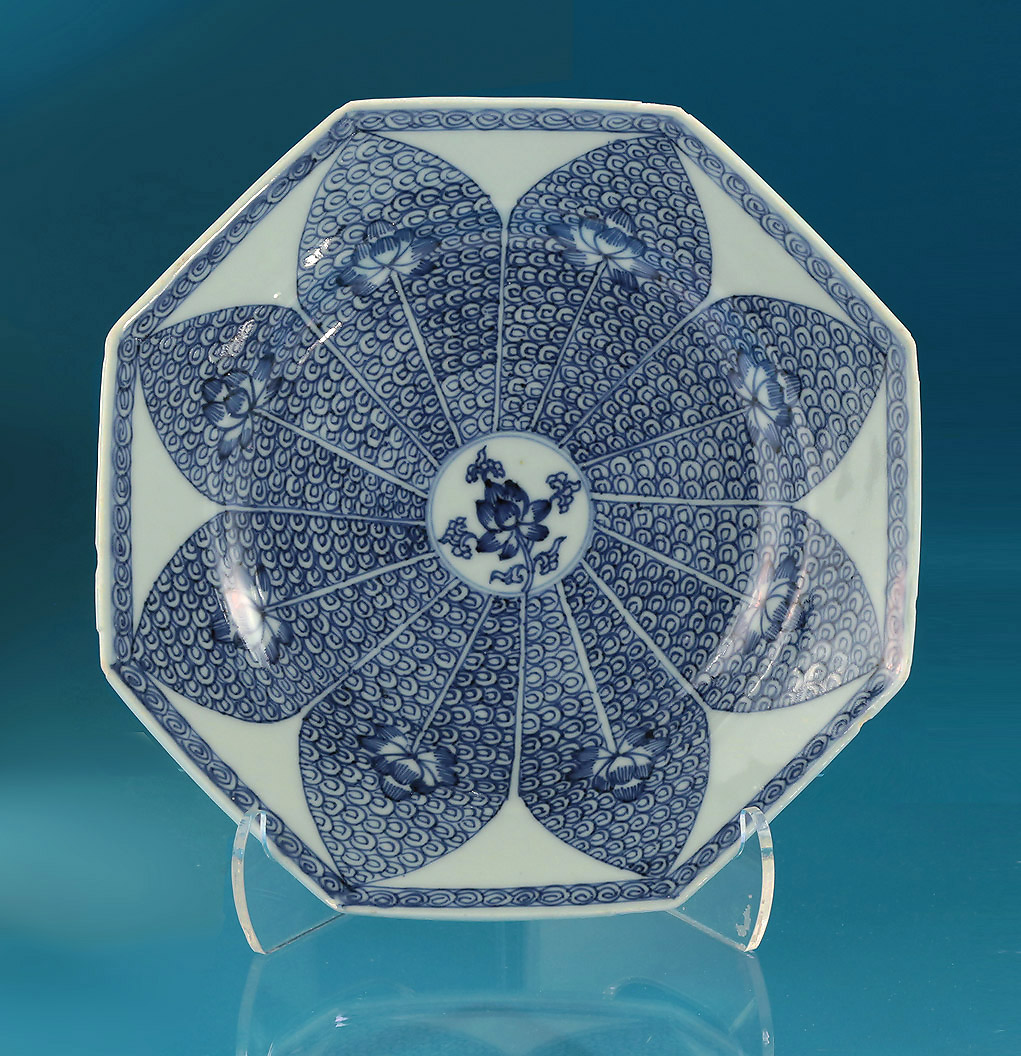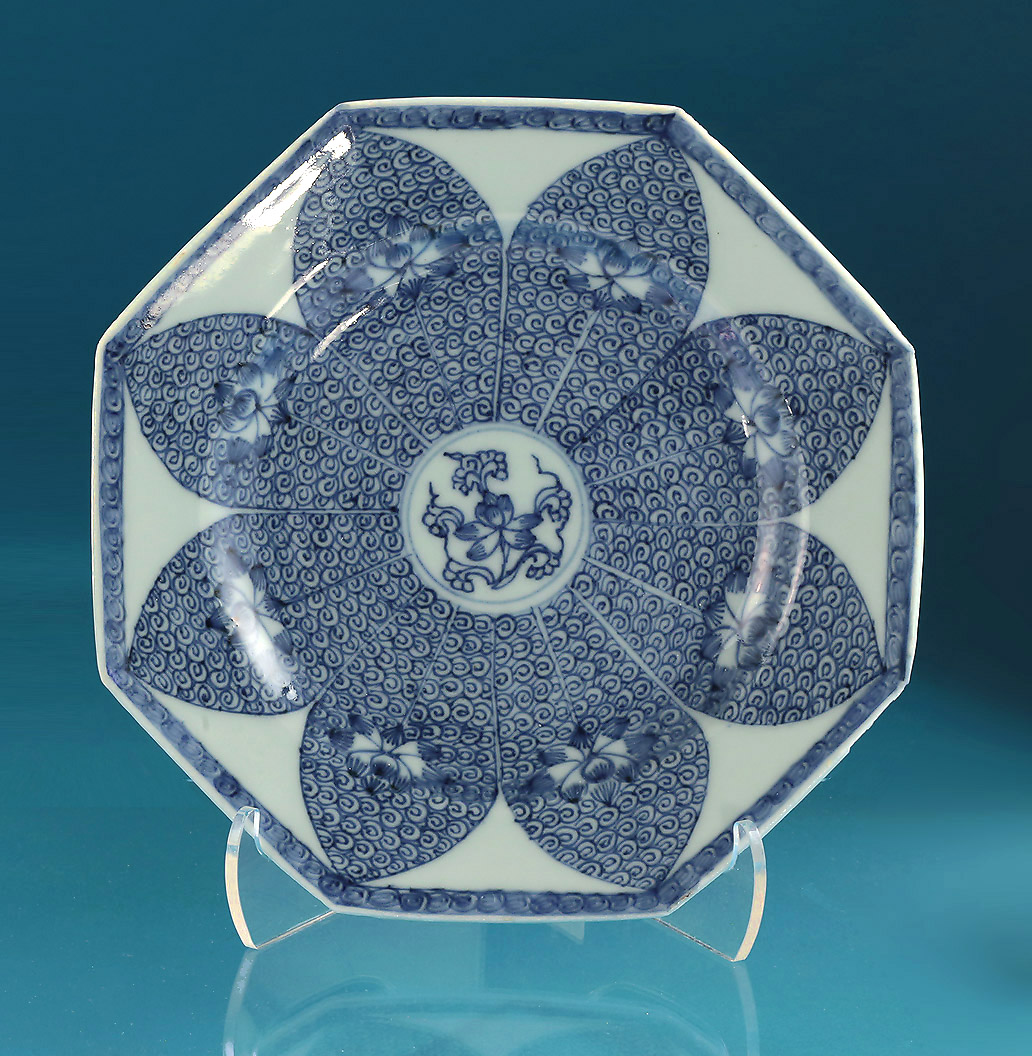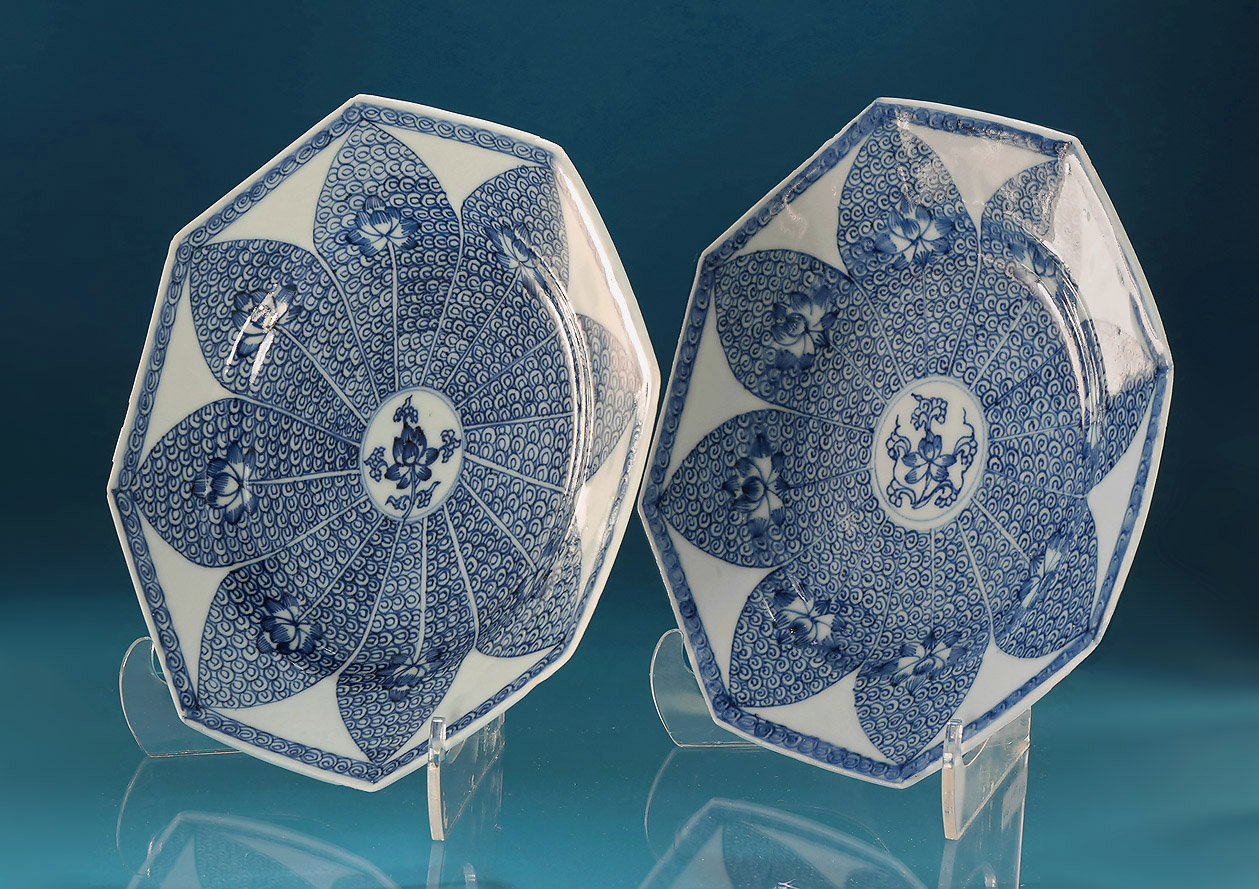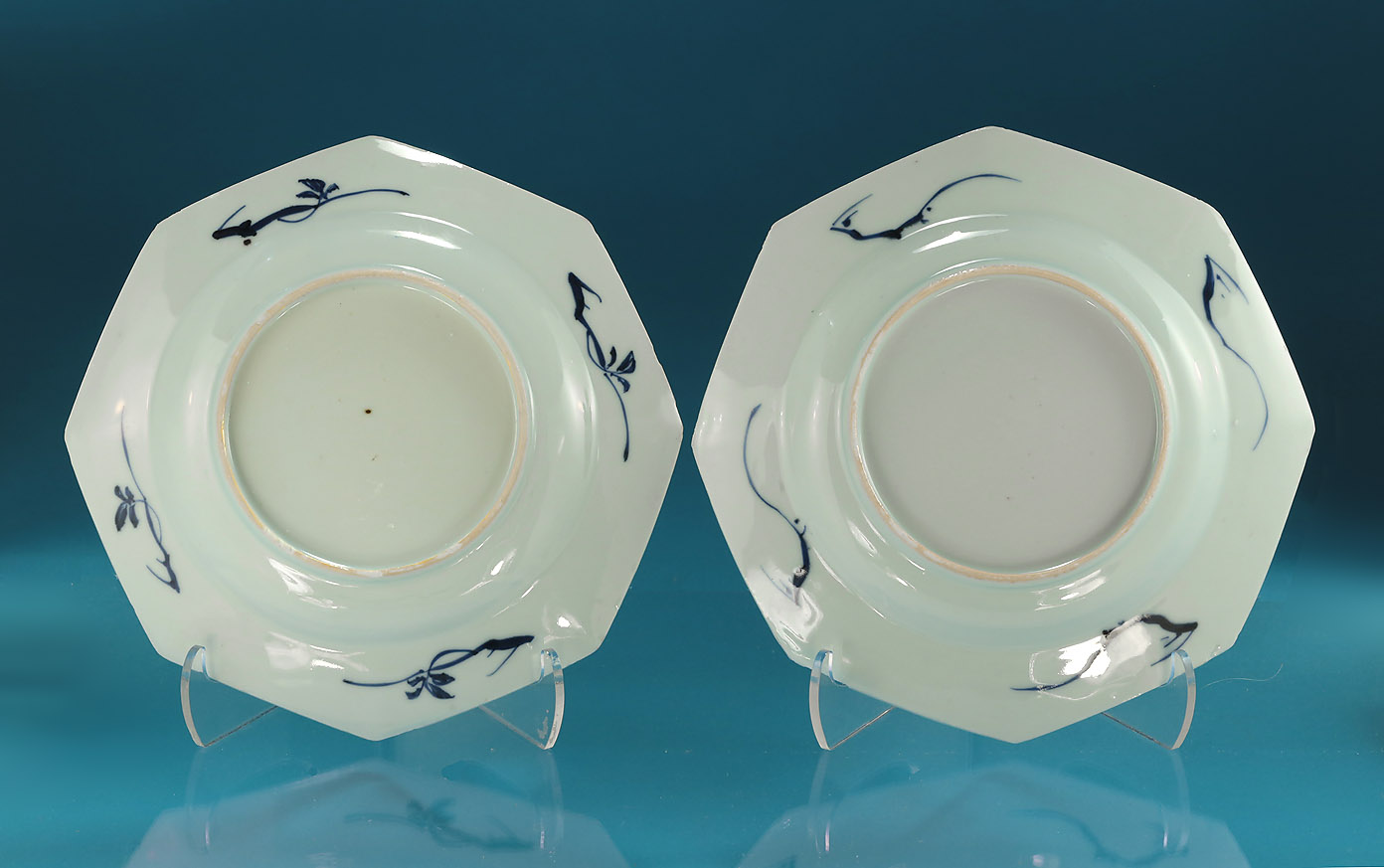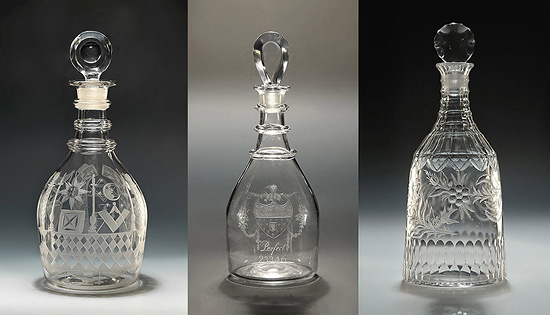|
M. FORD CREECH ANTIQUES & FINE ARTS
PAIR of CHINESE EXPORT OCTAGONAL BLUE & WHITE LOTUS DISHES Yongzheng / Qianlong, c1735-40
Left Example :
Right Example :
Also Visit the Second Catalog in Our 2023 Christmas Series : Christmas : "The 'Do's' & The Dinners"
We welcome and encourage all inquiries regarding our stock. We will make every attempt to answer any questions you might have.
For information, call (901) 761-1163 or (901) 827-4668, or Email : mfcreech@bellsouth.net or mfordcreech@gmail.com American Express, Mastercard, Visa and Discover accepted
M. Ford Creech Antiques & Fine Arts / 581 South Perkins Road / Memphis, TN 38117 / USA / Wed.-Sat. 11-6, or by appointment
|
